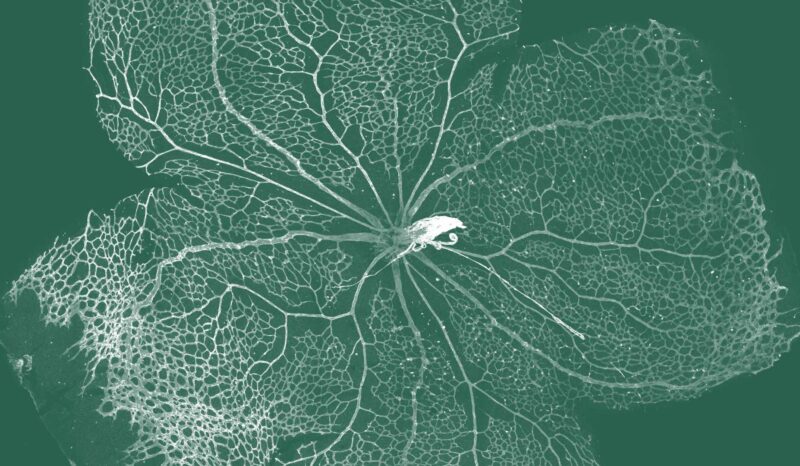WEHI Wednesday Seminar hosted by Professor Aaron Jex
Dr Balu Balan
Research Officer – Jex Laboratory, Infection and Global Health division, WEHI
RNA-Binding Proteins: One of the Key Regulators of Cell Fate in Early Eukaryotes


